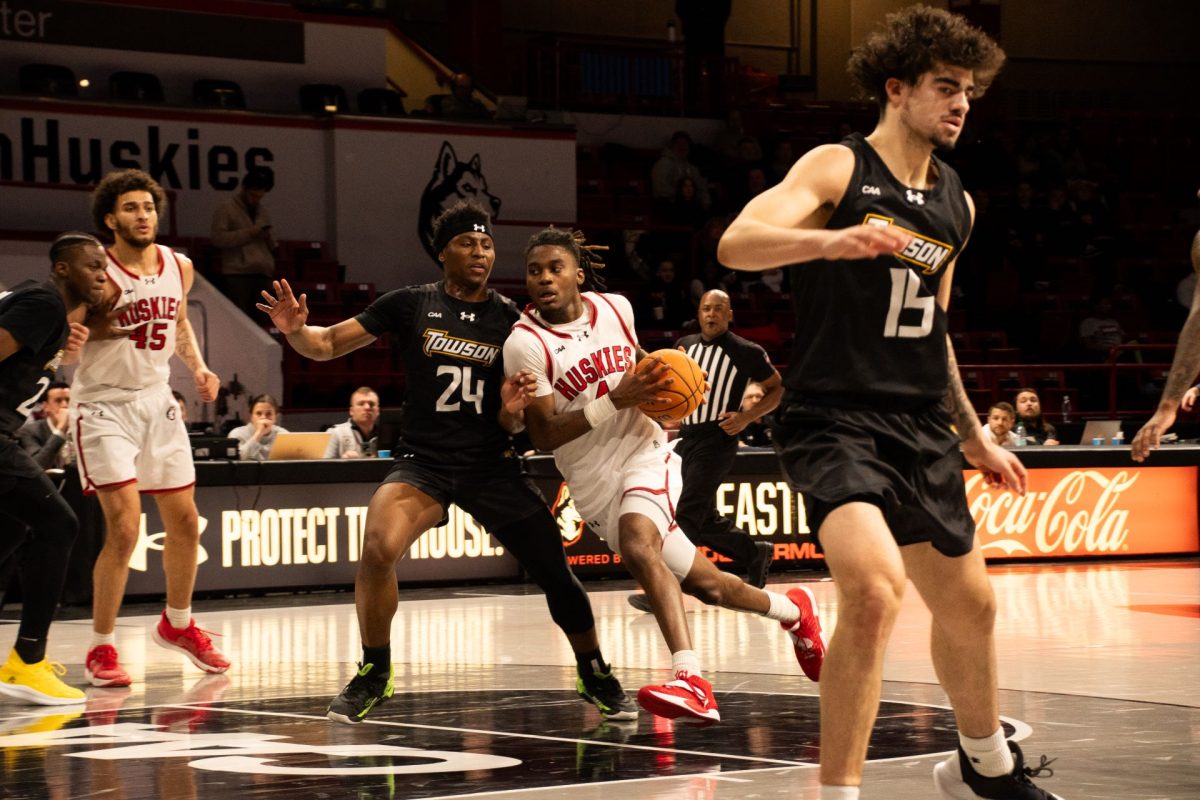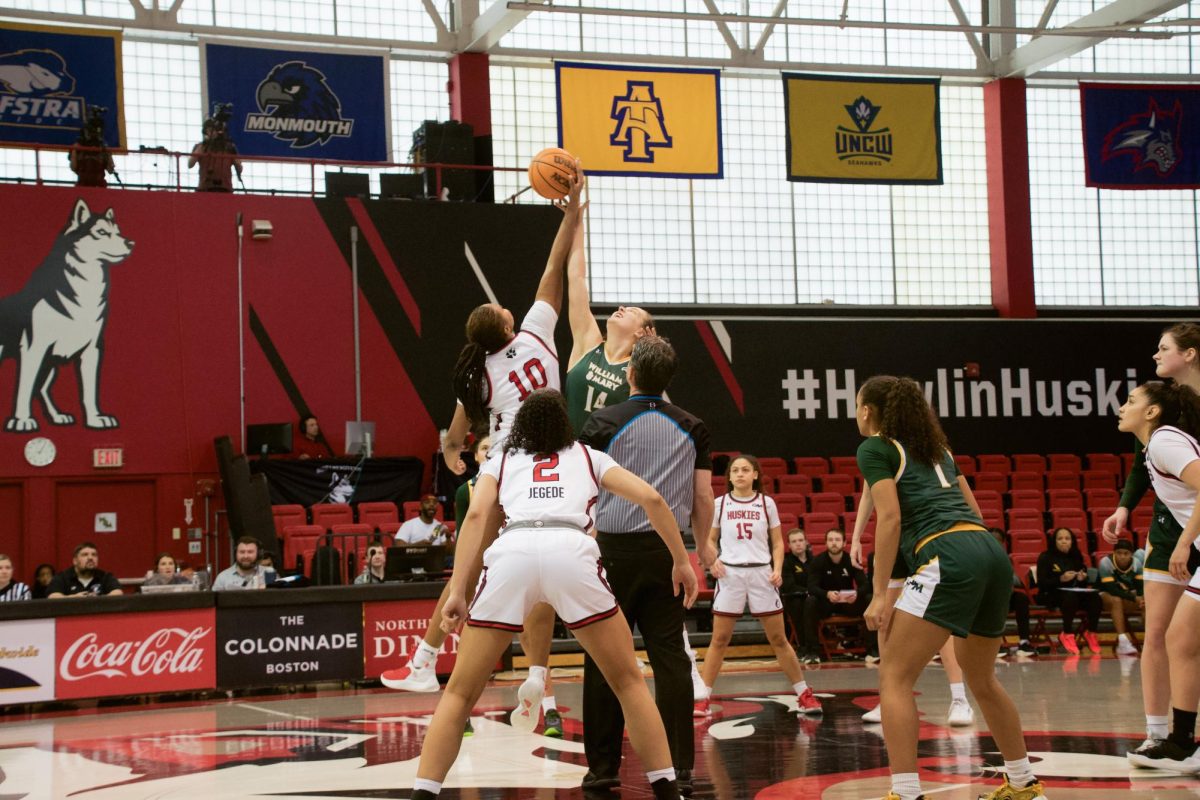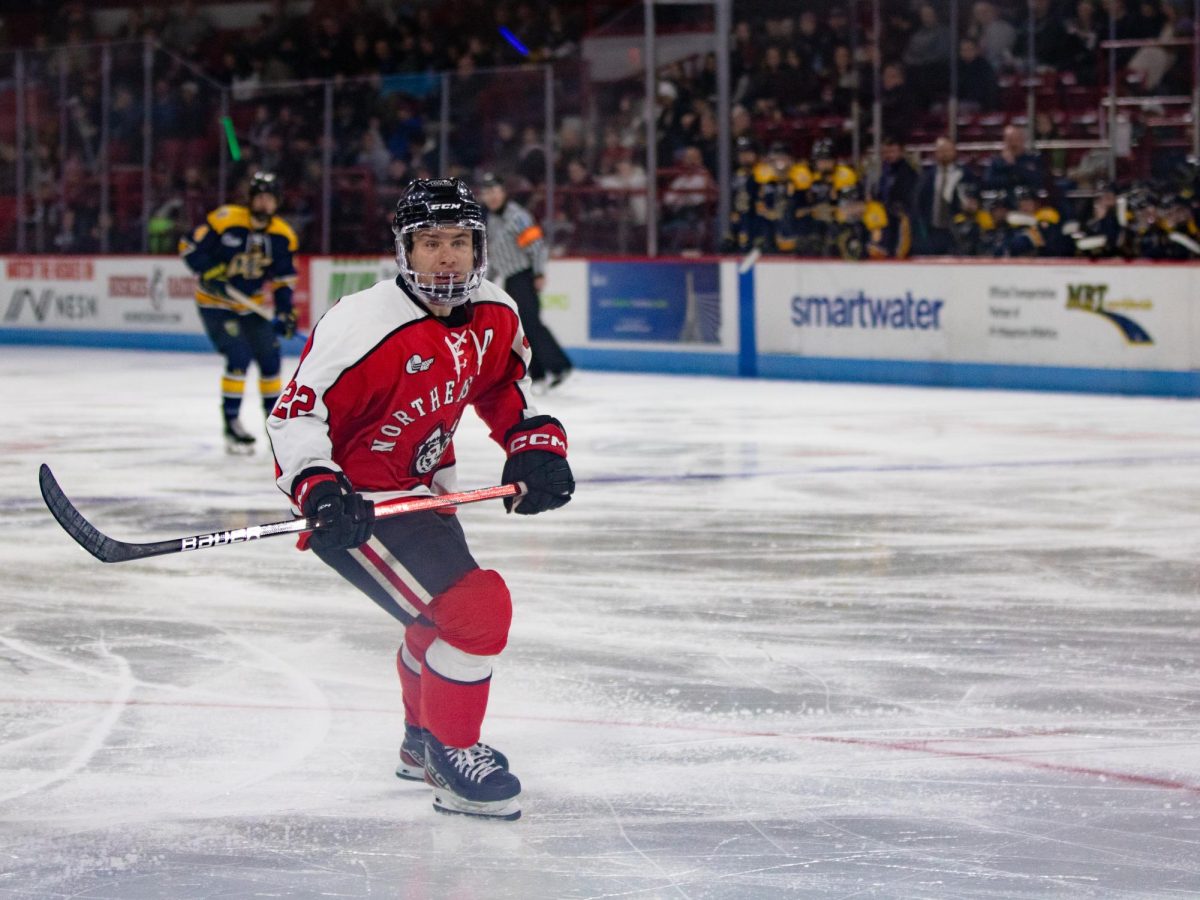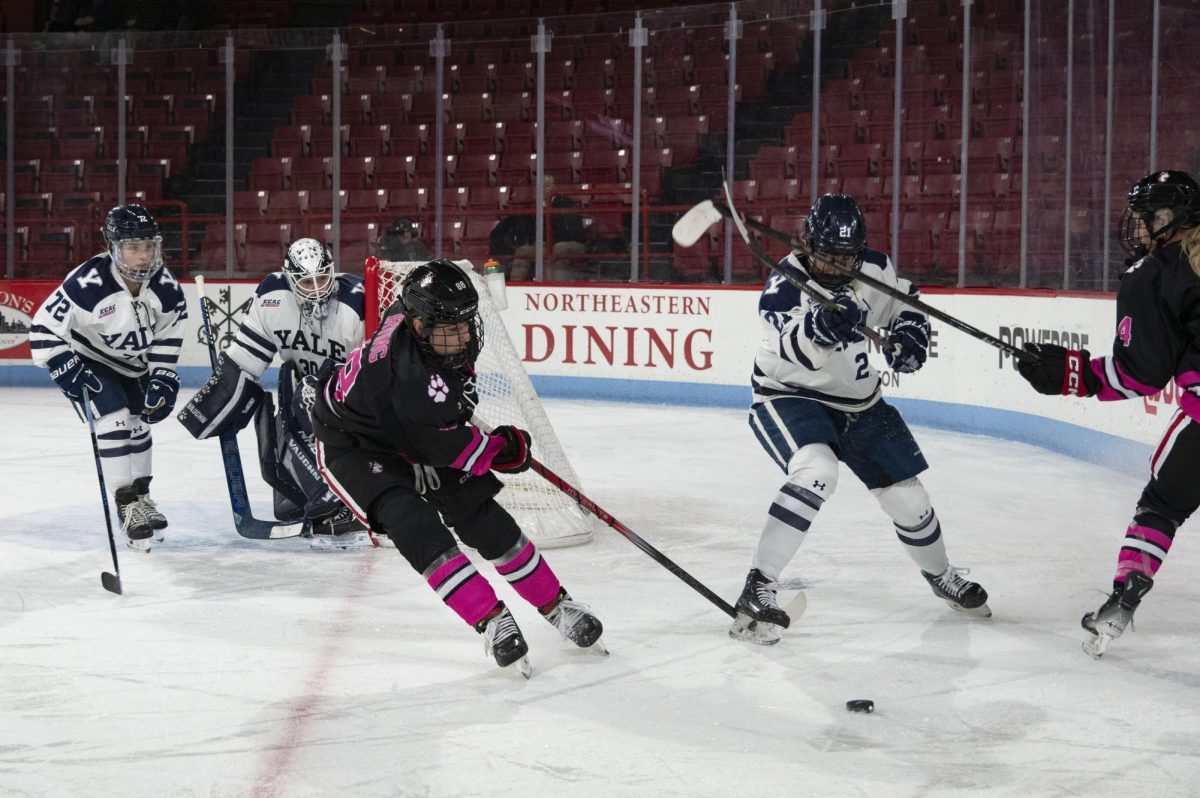By Dan McLoone, News Staff
College basketball has always been an extremely top-heavy system.
Power conferences have dominated the postseason landscape since its inauguration, with perennial powerhouses such as Duke University, Syracuse University, Kansas University, University of Kentucky and Ohio State Univrsity always contending for titles. But mid-major Cinderella schools are always around, ready to ruin both your bracket and contenders’ dreams.
But which of these automatic bids stand a chance at upsetting the higher ranked teams? Looking at the 32 automatic bids in this year’s tournament, 12 of them won their round-of-64 matchup. Let’s take University of Virginia, University of Louisville, Iowa State University, Michigan State University, UCLA, University of Florida, Wichita State University and Gonzaga University out of this conversation, since they all either play in power conferences, went undefeated or would have qualified for an at large bid anyway. That leaves four teams: Mercer University, Harvard University, Stephen F. Austin State University and North Dakota State University.
So what did those teams have to do to qualify? Mercer went 26-8 overall, good for a 14 seed. They also went 14-4 in the Atlantic Sun Conference, including a Conference Championship win over last year’s Cinderella team, Florida Gulf Coast. Harvard played themselves to a 12 seed with their 26-4 season, including 13-1 in the Ivy League. Steven F. Austin earned their 12 seed by going 18-0 in the Southland Conference and 32-3 overall. North Dakota State went 26-7 overall and 12-2 in the Summit League, getting them their 12 seed.
These programs showed that they could compete with the big names, as they knocked off Duke, Cincinnati, VCU and Oklahoma<comma respectively. Would they be able to keep up with these teams consistently, however? It is hard to see a situation where they would win a seven game series against their bigger competitors. But that’s the beauty of March Madness. It isn’t a seven game series. It’s one game, winner moves on. And the secret to the lesser teams’ success is opportune matchups.
The Colonial Athletic Conference (CAA), in which Northeastern plays, has just as much of a chance to capitalize on matchup advantages. Delaware, the CAA champion this year with a 25-10 record, went 14-2 in conference and earned a 13 seed. Not a bad seeding for the Blue Hens. They just happened to run into the steamroller that is Michigan State, seemingly every expert’s pick to win the National Championship. However, they managed to play the Spartans pretty close, especially in the second half. Looking at their schedule, Delaware showed that they could play close games with powerful opponents. They lost to Villanova by four, Notre Dame by five and Ohio State by 12.
The CAA has had success in the NCAA tournament before. Virginia Commonwealth University went to the Final Four as an No. 11 seed in 2011 before losing to Butler in the year that Kemba Walker lifted University of Connecticut past everyone else. The success of many of these CAA representatives has been defense, something in which head coach Shaka Smart’s VCU program prides itself on. But VCU is gone. So are Old Dominion University and George Mason University two teams that had been frequent tournament participants.
What does this all mean for Northeastern? Delaware University, Towson University, the College of William & Mary, Drexel University and The College of Charleston are all graduating key pieces from their teams this year. With Northeastern returning all but one player, they are in a prime position to compete for the conference crown and return to the NCAA tournament for the first time since 1991. The successful mid-major teams in the tournament are generally senior laden, which bodes well for a Northeastern squad that will bring back five seniors. If the Huskies can navigate through the CAA tournament and get the right matchup, their senior leadership just might put them in prime position to be next year’s Cinderella.









